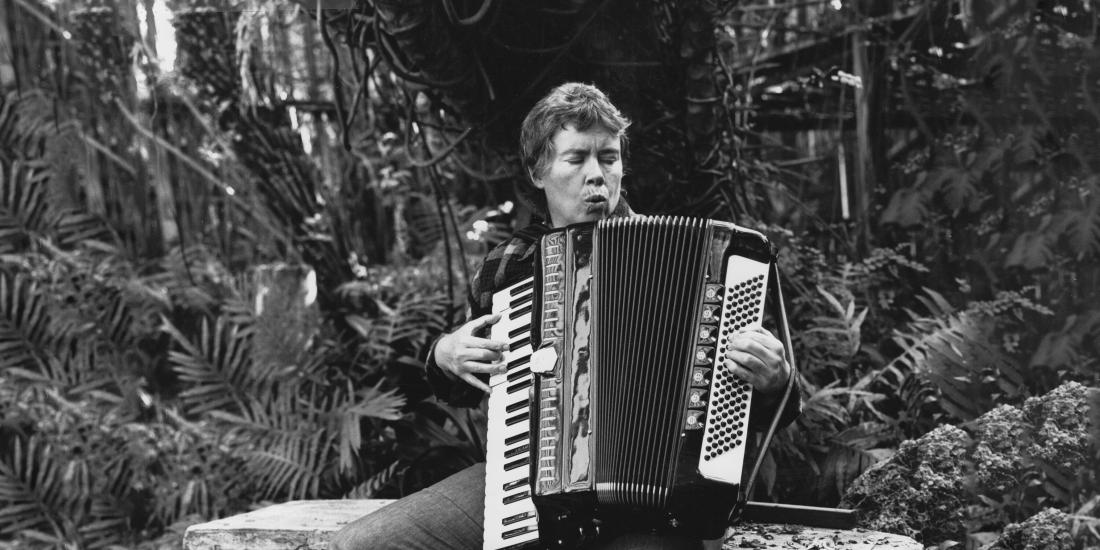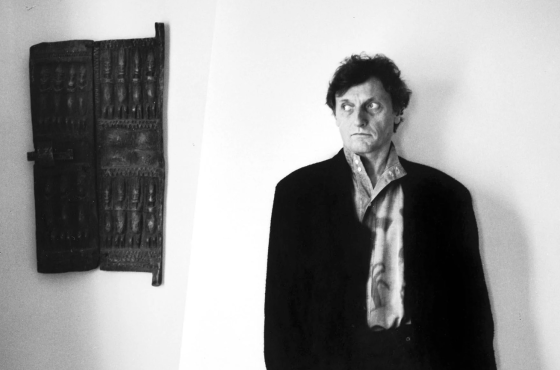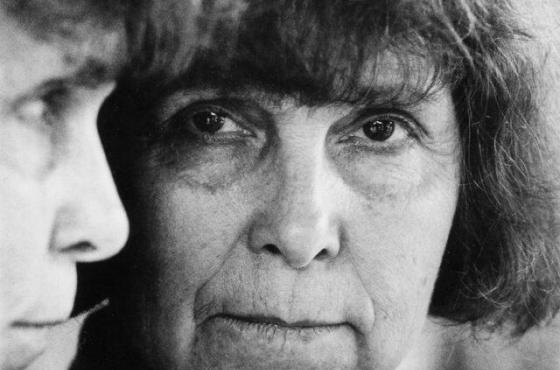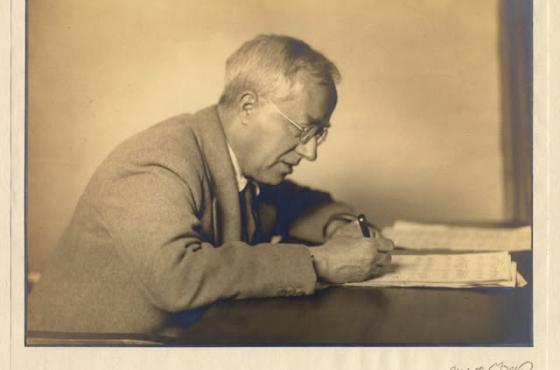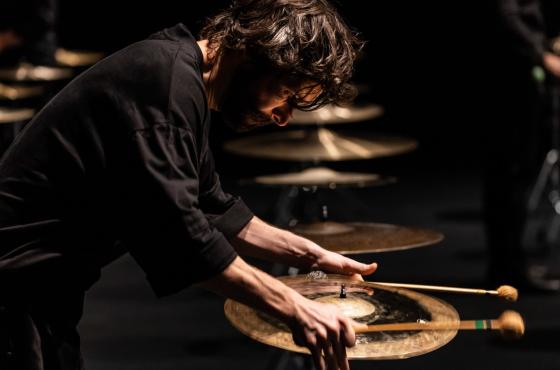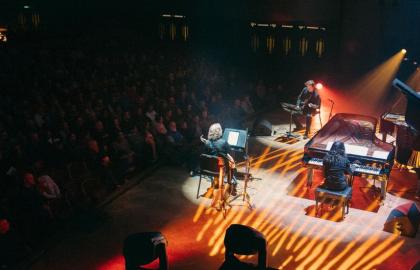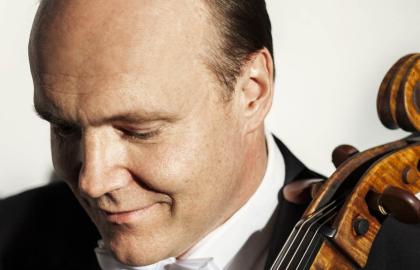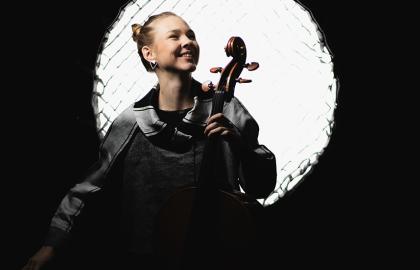Ambassadors of ambition
The Planets by Gustav Holst was premièred just before the end of WW1. During the war, Holst became fascinated by astrology and the piece slowly took shape in his imagination. In his seven-piece suite, he sets the astrological characteristics of the planets to music in innovative ways. For example, a fading female choir effortlessly evokes the mysterious atmosphere of Neptune.
There is only one name that belongs alongside that of the composer in Dmitri Shostakovich’s Cello Concerto no. 2, and that is Mstislav Rostropovich. The work was written especially for the Russian cellist, and premièred in 1966 for Shostakovich’s 60th birthday. Although it is less famous than his first cello concerto, this piece is on every cellist’s wish list. That certainly goes for Truls Mørk, who studied with Natalia Shakhovskaya, one of Rostropovich’s pupils.
Tribute to a great woman
Placing a legato over the fragmented staccato of life. That is what the recently deceased composer Sofia Gubaidulina says she intended to do with her profoundly mystical, overwhelming music. The intimate In Croce for cello and accordion is no exception. The title doesn’t only refer to the symbol of the Cross – which appears everywhere in her work – but also to the relationship between the instruments: the cello (vertical) and accordion (horizontal) cross each other’s paths and undergo a transfiguration.
A new way of listening
Not all music claims your attention with virtuoso violins or orchestral crescendos. Sometimes you are asked to take a completely different attitude to listening. For the performance Le Noir de l’Étoile, six exceptional percussionists from Ictus will stand around the audience. With their characteristic precision and energy, they will bring Gérard Grisey’s masterpiece and the phenomenon that inspired it to life – the pulsating rhythms of dying stars, also known as pulsars. The French spectralist turned their frequencies into tempos and transformed their rotation, deceleration and acceleration into a gripping exploration of sound. Do you feel and hear the echoes of the stars?
Faced with the unrest of the 1960s – the assassination of Kennedy, the Vietnam war and fierce protests – the American composer Pauline Oliveros turned inwards. Instead of playing public concerts, she experimented with the sound of her accordion. How long could she sustain the same note, for example? The search for inner peace led her to group meditations and ultimately to a self-healing style of listening. “Deep listening means that you go beneath the surface of what you hear and expand your attention to all the sounds around you as you focus,” Oliveros explains. Try it for yourself during Earth Ears from 1989, a sonic ritual that never sounds the same twice.
